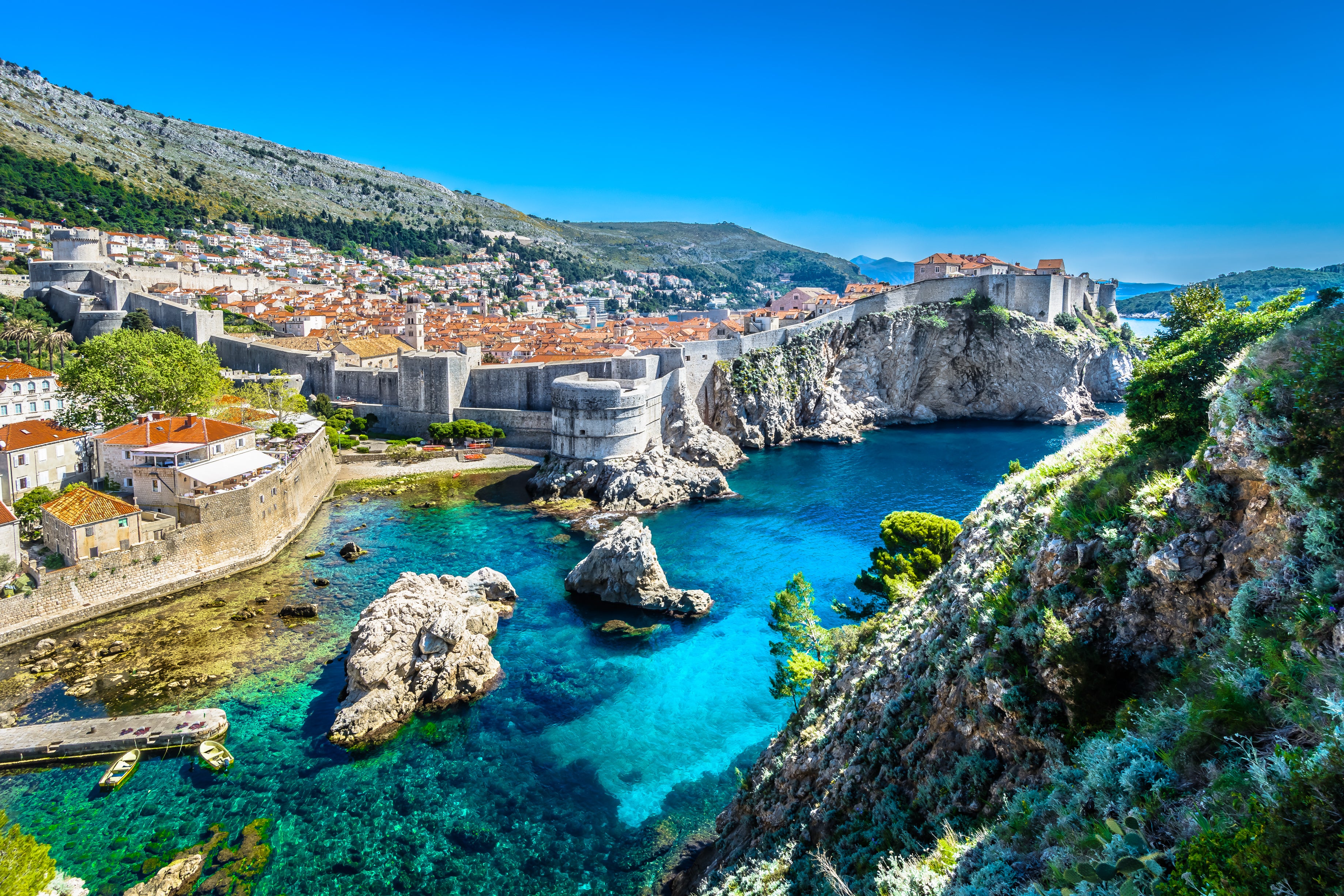The old town of Dubrovnik has a spectacular location on the edge of the Adriatic, and a deep history. Churches and cottages line the cobbled streets and heavenly stairways, all wrapped in ancient walls. And on any day in summer, the place is overrun with tourists. Some are attracted by the sheer good looks of the Croatian city; others are lured by the Game of Thrones connection. The remainder were simply dropped off for the day by a cruise ship and are following (and augmenting) the crowd.
Residents of other key tourism “honeypots” across Europe, including Amsterdam, Barcelona, and Venice, say visitor numbers are unsustainable and are damaging the community, as well as the fabric, of the city.
Glenn Fogel, chief executive of Booking.com’s parent company, believes visitor numbers to key destinations could be limited by a combination of “higher cost and lottery”. He told the BBC: “Even though you may not be wealthy, you should still get a chance to visit some of those beautiful and great places in the world.”
So how might such schemes work? These are the key questions and answers.
Surely the easy (and lucrative) way to limit tourism is to raise prices?
That is certainly a valid mechanism. Venice imposes a visitor levy on certain days, and there have been calls this week to increase the admission charge to €100 (£87). Meanwhile, authorities in Amsterdam are raising accommodation taxes. And in Edinburgh, which at this time of year is hosting the Festival and Fringe, hotel rates are so high that “normal” tourists are staying away.
.jpeg)
Read more: Travel agents hit out at claim by Booking.com boss that ‘AI can find the best holiday for you’
Justin Francis, chief executive of Responsible Travel, says: “Price rises, tourism taxes, regulating accommodation – especially Airbnb – and “demarketing” are ways to ensure limit numbers.”
In the context of high fees, he cites the example of gorilla tracking in Africa, where permit prices can reach $1,500 (£1,130).
Mr Francis says: “Far from causing outcry, tourists view the handful of expensive permits as an exclusive, once-in-a-lifetime experience. The experience has not been boycotted; permits regularly sell out. Better still, the forests remain intact, and gorilla numbers, which were once threatened, have increased substantially since the introduction of tourism.”
But high prices can exclude less wealthy travellers from iconic locations, which many people believe that is unfair. In France, for example, many museums – including the Louvre in Paris – have designated days when admission is free. But when demand is unrelenting, using a lottery system has some appeal.
Are lotteries currently used to manage tourism numbers anywhere?
Yes. The principal that access to fragile locations should be decided randomly is used at a small scale to limit visitor numbers to US National Parks. For example, each year 450 permits are granted for rafting through the Grand Canyon on the Colorado River. At a hikers’ refuge in the National Park, Phantom Ranch, bed spaces are allocated by lottery 15 months in advance.
Justin Francis, an advocate for accessible tourism, says lotteries are also used for cultural events in Japan and some Antarctic expeditions.

Read more: Are online travel agents cleaning up their act?
Could the principle be extended to entire cities?
In a few specific cases, quite easily. Notable examples are cities such as Venice, surrounded by water, and the old town of Dubrovnik, with a big wall around it and limited access points.
At present visitors arriving in Venice on “permit days” have to present either ID proving they are a local or a worker, or evidence that they have paid the levy. That could be changed to proof that you have been successful in the lottery.
But for large, sprawling cities such as London it would be utterly unmanageable – there will not be tourist checkpoints on the M25. However, key locations could operate with a quota system. For example, the royal parks have fences and gates that would allow for relatively easy control. And the most popular free tourist attractions, such as the British Museum and Tate Modern, could have their own quota systems, which might have some effect of diminishing overall numbers.
How would a lottery actually work?
Systems for allocating scarce resources through chance are already well-established for key sporting events, such as Wimbledon, the Olympics and the World Cup, so there should not be a problem with the technology.
Applicants would go online and state their wish to visit on a particular day. At some appointed time, an electronic lottery would allocate the correct number of prizes – with lucky winners having a QR code to show at the gate. Residents and workers would need to show ID.
What could possibly go wrong?
Plenty. For a start, consider a family group of six. Would they all be able to apply together – or might some win and some lose?
Individuals will doubtless try to game the system, for example by submitting multiple applications using different email addresses.
Given the ability of sharks and touts to profit from excessive demand, however sophisticated a ticketing system may be, some permits coud be sold for inflated prices.
While some locations in a few key cities are hopelessly overcrowded, inbound tourism in most places is rightly regarded as huge benefit – the closest that a city, county or nation can get to free money.
Were parts of a country to start cordoning off areas and making tourism into something of a lottery, visitors may simply move to other nations. A highly localised case of overtourism could be alleviated, but at the cost of livelihoods for many in the tourism industry.
For more travel news and advice, listen to Simon Calder’s podcast



